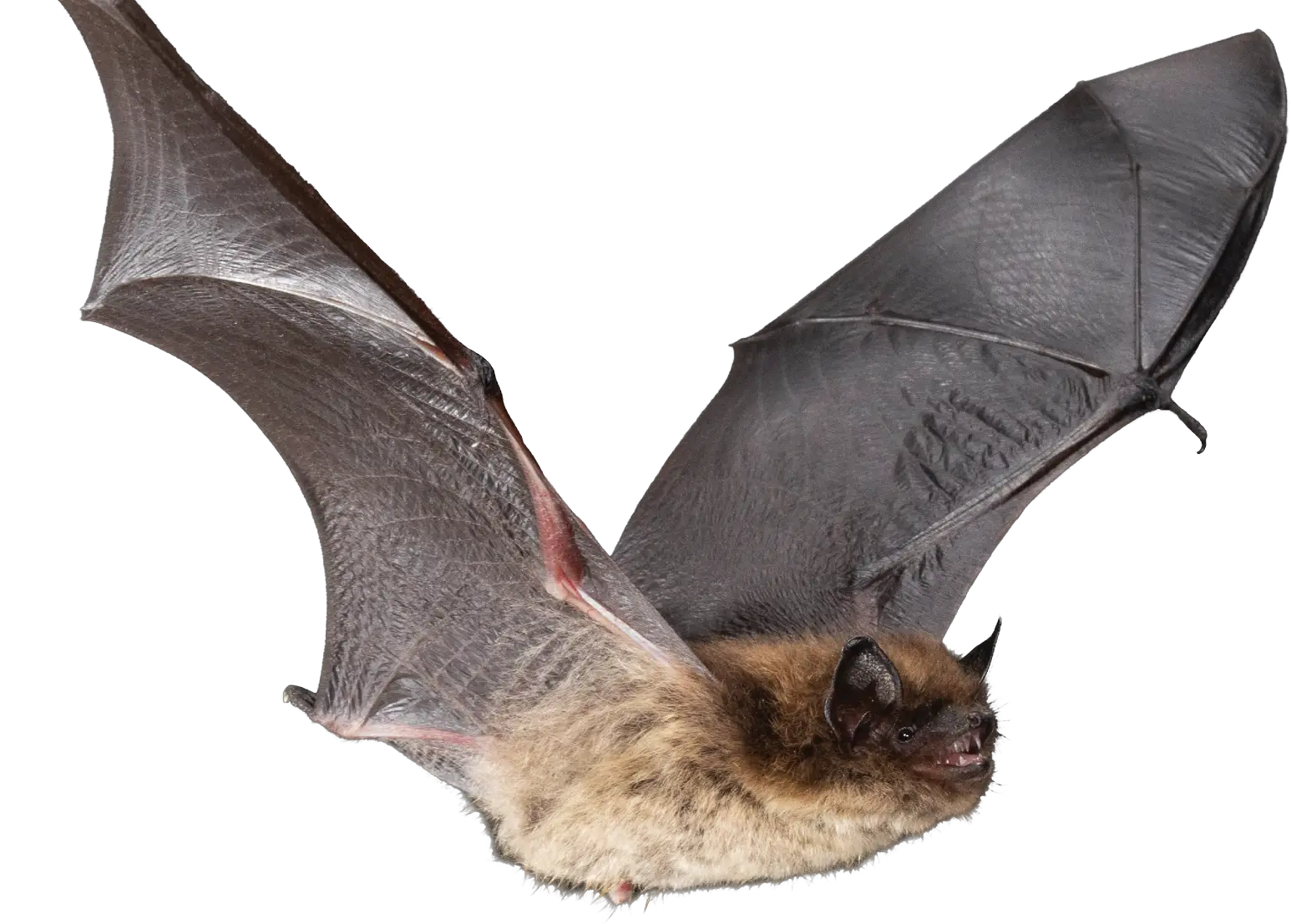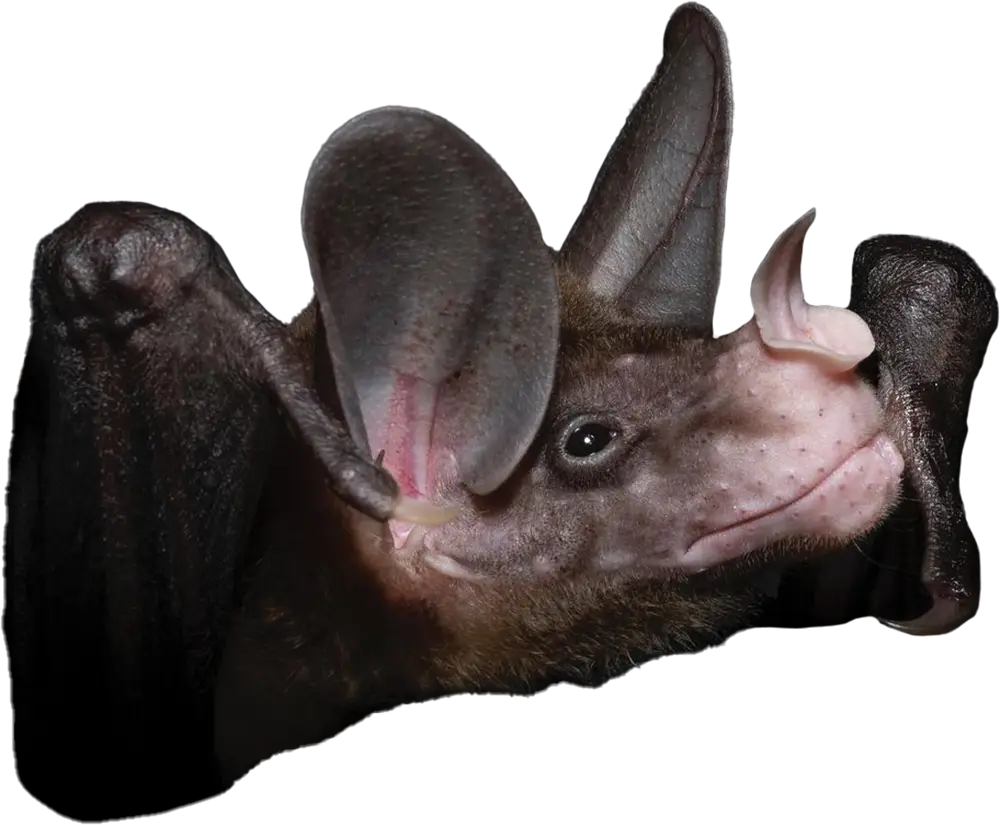Bat Conservation International has released its first ever “States of the Bats of North America” report and, although the website is fantastic, the news is anything but.

The Little Brown Bat (Myotis lucifugus) – our most widespread and common bat is endangered in Canada due to white nose syndrome (Charles M. Francis photo).
Over half (52%) of the 154 species of bats found in North America are at risk of populations declining severely in the next 15 years. In Canada, where we only have 17 species of bat, the situation is worse, as only 3 of those species are ranked as “Apparently Secure”. The remaining species are either considered “Vulnerable” (11 species) or “Imperiled” (3 species).
Bats in Canada face many threats. White nose syndrome has spread rapidly across the US and Canada killing 9 of 10 little brown bats and northern long-eared bats while they hibernate during the winter. The fungus that causes this destructive disease was recently detected in bat guano near Grand Forks, BC, —evidence that it has now spread into our province. Please contact the BC Community Bat Program or the Ministry of Water, Land and Resource Stewardship (1-800-663-7867) with any information on the location of winter bat roosting sites, unusual behaviour, such as flying during the day, and observations of dead bats.
Other major threats include habitat loss (destruction of their roosts and foraging habitats in forests, rural and urban areas), extreme weather associated with climate change, and collisions with wind turbines.


The spectral bat (Vampyrum spectrum) is the largest bat in the Americas. Considered “Imperiled”, it lives in southern Mexico, where it hunts rats, birds, and bats. (Price Sewell photo).
Conservation works best when people are empowered with data. By working together, we can ensure their survival.
The North American Bat Monitoring Program (NABat) unites scientists, resource managers, policy-makers, and bat enthusiasts to work together to understand how bats are doing (nabatmonitoring.org). Everyone has a role to play. Being a bat enthusiast builds support for wildlife conservation and the policies and actions that protect our natural world for a better future.
There are many ways to support bat conservation with your actions, your choices, and your voice:
CREATE AND PROTECT BAT HABITATS IN YOUR OWN BACKYARD
- Protect old trees as nature’s bat houses
- Trim trees in fall and spring to avoid harming bat pups
- Create a bat-friendly garden by planting native species and reducing pesticides
- Create water sources for wildlife, especially in arid habitats
- Keep cats indoors
- Use reputable wildlife experts to safely evict and exclude bats from buildings
EXPLORE NATURE RESPONSIBLY
- Avoid disturbing bats during hibernation or when they have pups in summer
- Report bat observations to your wildlife agency
- Respect cave and mine closures and advisories
- Practice clean caving and climbing by decontaminating all gear
CHOOSE CLIMATE-FRIENDLY AND GREEN OPTIONS TO HELP THE PLANET, INCLUDING BATS…
- Reduce your energy use and carbon footprint
- Use sustainable forest products
- Buy organic and local
- Choose bat-friendly tequila
SPEAK UP FOR BATS
- Be a bat enthusiast on social media and with your friends and family
- Share with others the importance of bats and bat conservation
- Support conservation efforts and policies that protect nature and wildlife
- Become a bat biologist and work for bat conservation
Learn More by Reading the State of the Bats Report
https://digital.batcon.org/state-of-the-bats-report/2023-report/?mc_cid=adf17adabf&mc_eid=90918fc1a4
Or, check out Canada’s Bat Box Project
https://wcsbats.ca/Our-work-to-save-bats/Batbox-Project/BatBox-Project-Canada-wide
